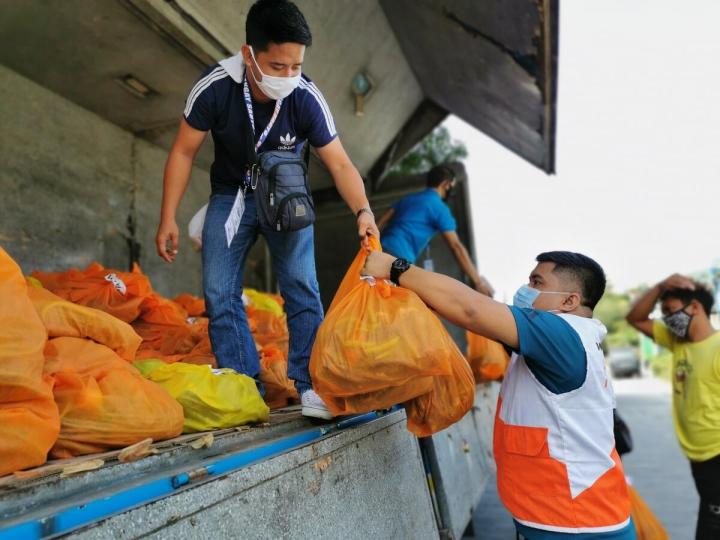
Our Approach
Although clearly unique, our response was based on decades of experience and what we have learned responding to previous disease outbreaks, including Cholera in Haiti, the Zika virus and Ebola outbreaks in both West Africa and more recently the Democratic Republic of Congo and includes:
Our Approach
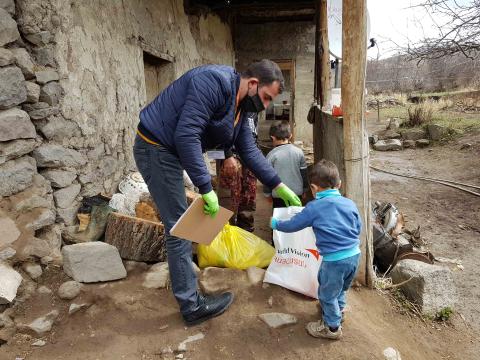
Using our global reach
With an active presence in over 90 countries and more than 37,000 staff, we have an established presence, extensive networks and significant relationships with civil society and local governments within vulnerable communities which we are leveraging
Within this global effort, World Vision’s COVID-19 Response exceeded our goal of reaching 72 million people, and we continue to implement programmes to help the most vulnerable children.
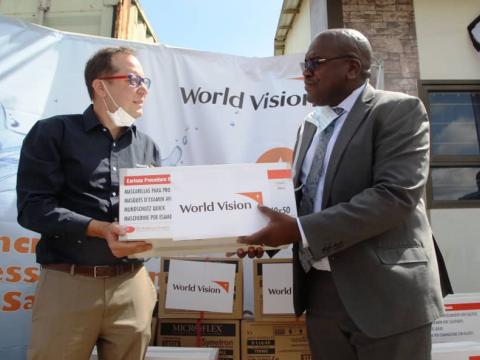
Leveraging our local partnerships
Because of our extensive 70-year history serving the world’s most vulnerable through transformational development and long-term commitment to communities, we have an established presence, extensive networks and significant relationships with civil
We have been focusing on transformational development and therefore have effective relationships and long-term commitment to communities, civil society and local governments and extensive networks of community volunteers and leaders, including more than 220,000 community health workers and 500,000 faith leaders (globally) who have direct and indirect contact with the communities where we are working.
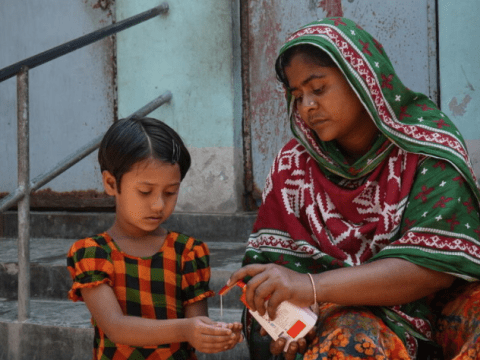
Reaching the most vulnerable
Existing humanitarian needs will grow exponentially across many counties.
Millions of children are displaced, living in urban poverty, conflict or large, overcrowded areas, with limited access to health care. Children may not be the most at risk from the virus, but hundreds of millions of children have been made much more vulnerable by the pandemic’s indirect impacts.
Being an influential voice for vulnerable children
Through its advocacy, public engagement, and partnerships World Vision has been able to inform global and national policy, mobilise support for humanitarian action by governments and the general public, as well as form strong partnerships to
Strengthening the voices of children and civil society, active advocacy, and engagement with decision makers is at the heart of World Vision’s COVID-19 Response. Jointly tackling the challenges and collaborating with national governments, donors, UN agencies, and the private sector have been critical to our success. We are in this together.
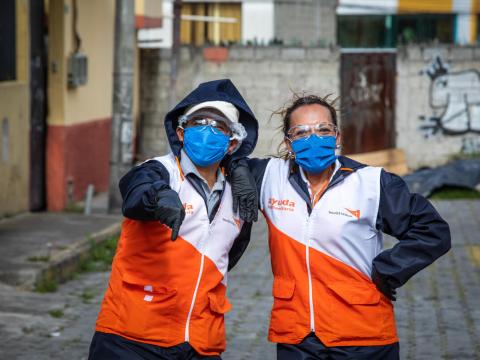
Adapting to a new way of working
This is one of the largest responses we have ever undertaken. It requires new ways of working: agility, flexibility, use of digital technologies, accelerated data collection, consulting with the communities we serve, real-time analysis and remote
To support this, we draw on our unique fragile context programme approach (FCPA) to enhance our adaptive programming, agility, and innovation on initiatives, such as the Collaborative Cash Delivery (CCD) Network to enhance programme reach and impact, as well as on critical livelihoods support tools, such as World Vision’s global Savings for Transformation (S4T) platforms.

Addressing the indirect impacts of COVID-19 on children
We are allocating more than half of our US$350 million appeal to programming that urgently addresses the indirect impacts of COVID-19 on children and their families.
Initial analysis indicates that indirect impacts of COVID-19 will hit communities harder than the disease itself.
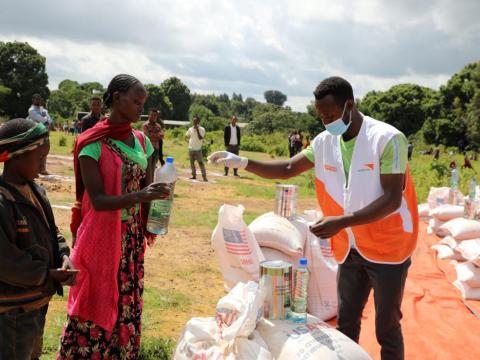
Working with Partners
Around the world, our dedicated staff are implementing health, education, livelihood, and food security programmes in more than 70 countries to support vulnerable children and families affected by COVID-19. Many of these programmes are made possible